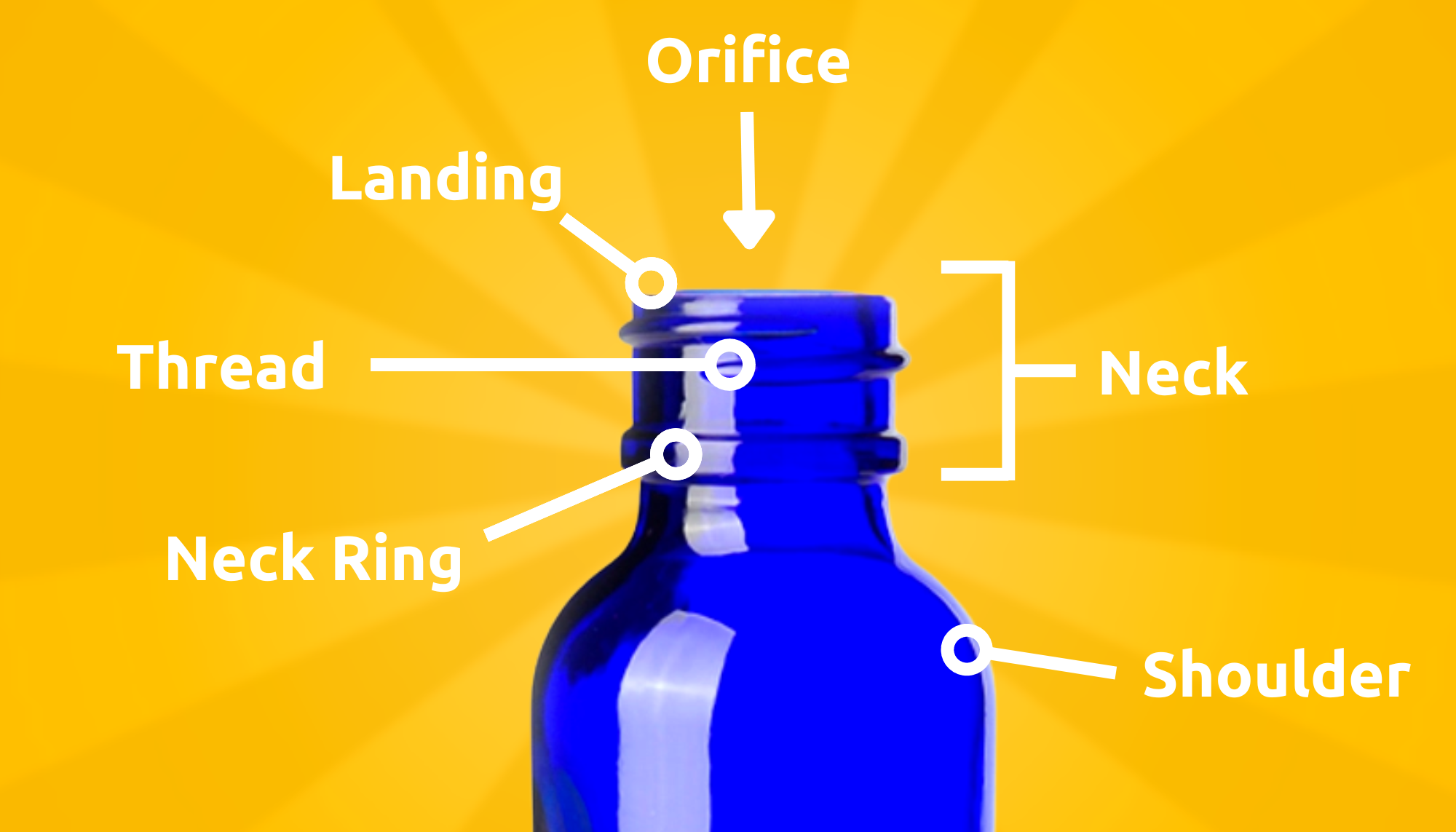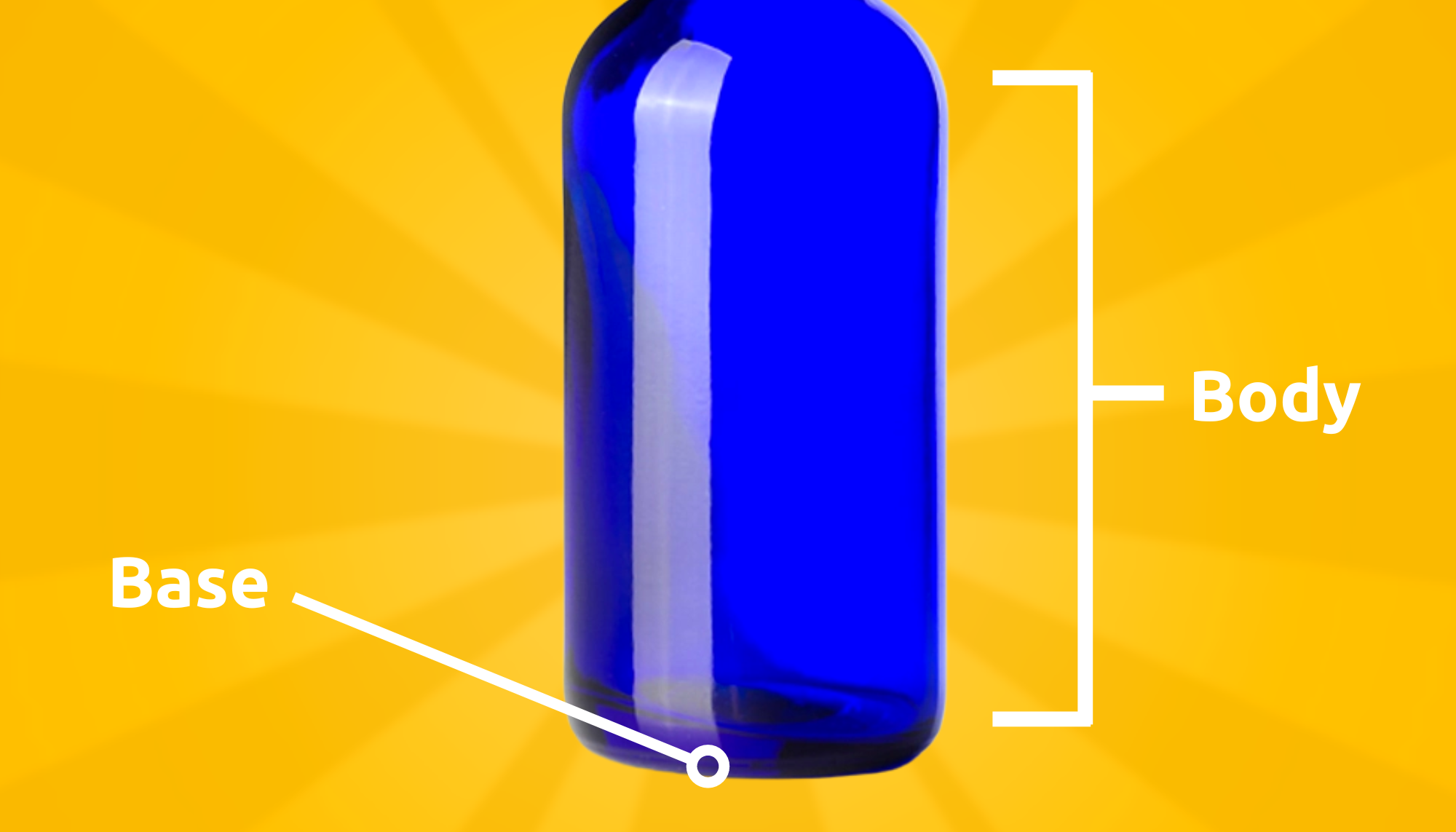 Home > News
Home > NewsThe top part of the container, the top part of the neck that surrounds the orifice, is referred to as the landing. The width of the landing can vary from container to container and serve as the point on which a closure will rest or a liner will adhere.
Next are the neck and neck finish. This is the top part of the container that is shaped to accommodate a specific closure. Neck finishes are measured with two numbers. The first number refers to the diameter of the container’s opening and is measured in millimeters. The second number refers to the thread style and depth (i.e., 89-400, 48-410, etc.). A thread is a ridge on the finish of a bottle (usually spiral-shaped) intended to match up with the closure. The style of the container's thread will help determine what style of closure to pair with it.
Below the neck, there is a neck ring. A neck ring is a horizontal ridge at the base of the neck finish used for transferring the bottle from one part of the production process to the next. Depending on its shape, this part of the bottle can also help with tamper-evident options such as shrink bands.
Just beyond the neck ring, you will find the shoulder. Much like with you an me, a container's shoulder connects the main body and the neck. The shoulder may be sloped, squared, rounded, wide, narrow, etc. There are many style options for a shoulder, but the most common are rounded and cylindrical.

Then there is the body. This is also commonly the side wall and decoration space. When talking about this part of the container, we are referring to the main part of the bottle where it is usually (but not always) vertical. This area is usually uniform and mostly flat to allow for efficient decoration application. These flat areas on the bottle's body are called the decoration spaces and they can be decorated with silk screen printing, label application, hot stamping, and other decoration methods.
At the bottom of the container, you will find the base. This is the part that the container sits on. You might find mold details, registration markings, and information about the container's plastic type on the base of the container.

From orifice to base, we have covered each element in the bottle formula. Take a look at our plastic bottles and see if we have what you're looking for.